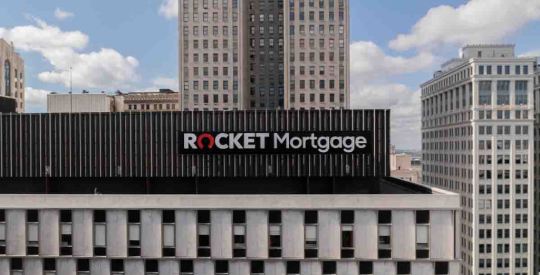Considering the nature of renters, those who would come and go from residencies, this level of volatility should be somewhat expected.
Earlier this month, a report from Morningstar showed a surge in the vacancy rate of the rental homes that make up a $1 billion rental securitization from Invitation Homes.
According to the data from Morningstar, the properties’ cash-flow vacancy rate rose from 5.4% in April to 7% in May, an increase of nearly 30%.
By property count, the month-end vacancy rate as of May 31 was 7.3%, up from 5.5% as of April 30, representing an increase of nearly 33%.
But the vacancy rates reversed in June and dropped below May’s levels, although not completely returning back down to April’s lower level.
As of June 30, the cash-flow vacancy decreased to 6.4%, down from a revised 6.8% as of May 31, 2014, according to a new report from Morningstar. By property count, month-end vacancy declined to 6.8% as of June 30, 2014, also down from a restated 7.1% as of May 31, 2014. The delinquency rate was flat at 0.5% as of June 30, 2014.
The securitization is backed by a single floating rate loan secured by mortgages on 6,473 single-family rental properties. Initial reports listed the total number of properties in the securitization as 6,537.
“With initial lease expirations peaking in May and June 2014 (23.3% of all properties in the pool had leases expiring through May 2014 and 34.3% through June 2014), Morningstar expects the month-end vacancy rate to stabilize and to potentially decline,” Morningstar said in its update.
Morningstar also provided an update on the performance of Invitation Homes first REO-to-rental securitization, which hit the market in late 2013.
The $479.1 million securitization is backed by the mortgages on 3,207 single-family rental properties.
According to Morningstar, the vacancy rate of the underlying properties increased slightly in June. The cash-flow vacancy was 2.6%, compared with a revised 2.3% in May. By property count, month-end vacancy increased to 3.8%, compared with a restated 3.4% at the end of May, while the delinquency rate was 0.6%.
“As Morningstar previously reported, initial lease expirations were anticipated to peak between January 2014 and March 2014,” Morningstar said in a report. “As the number of expiring leases declines through the remainder of the year and vacant properties become occupied, Morningstar continues to expect the month-end vacancy rate to stabilize and to potentially decline further.”
Morningstar does caution that it measures vacancy rates based on month-end vacancies. “Because a large proportion of lease expirations may occur in the last five days of any calendar month, month-end measures of vacancy may be higher than vacancies reported based on average days of occupancy in a given month,” Morningstar said in its report.





